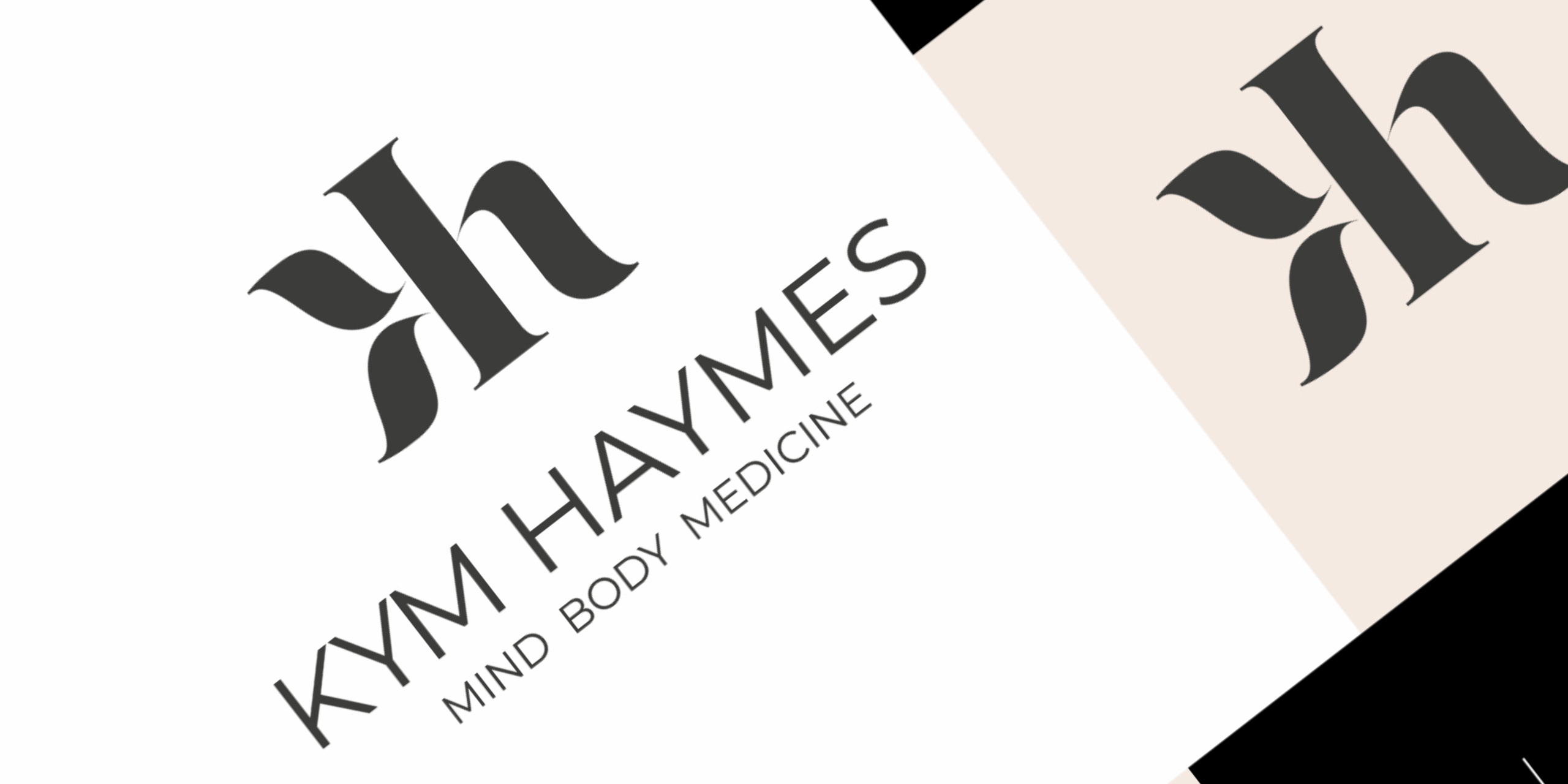Learn what proofing is, why it’s essential in printing, and how it prevents costly mistakes for your business while ensuring your brand looks its best.
When it comes to printing, the smallest mistake can cost you money, time, and reputation. That’s where proofing comes in. Proofing is the crucial step between design and print that ensures your colours, layouts, and text appear exactly as they should before going into full production. Done properly, it protects your brand from embarrassing errors and keeps your projects running smoothly.
What Is Proofing?
Proofing is the stage when you are supplied a sample of your design, whether digital or physical, so you can check it before it’s sent to the press. It’s essentially a safety net, making sure everything is spot on before printing starts.
There are two main types:
Soft Proof: This is a digital file (PDF, JPG, PNG) you can review on a screen. It gives a decent simulation, but may not always accurately reflect your exact final colours.
Hard Proof: A printed sample, often supplied on the same paper and using the same inks. This shows exactly how the finished piece will appear.
There are even more specialised proofs for high-stakes jobs:
Contract Proof: A colour-accurate, legally binding proof meeting industry standards.
Wet Proof / Press Pass Proof: Printed on the actual press with final materials; used to catch issues right before the full.
Why Proofing Is Absolutely Essential
Proofing isn’t just a formality; it’s the safeguard that keeps your print job on track. Here are the key reasons it’s so important:
Avoid costly mistakes.
Typos, layout mishaps, or things are out of alignment? You want to catch those mistakes before thousands of copies get printed, proofing protects you from that waste.
Ensure colour accuracy.
Screens use RGB; printers use CMYK. The colours don’t always match, a proof is your best shot at seeing how your design will actually look in print
Quality control and alignment.
Hard Proofs let you inspect layout, text, registration, image quality, even stock texture and finish, especially critical for final checks.
Clarity and communication.
With effective proofing, everyone sees the same version; feedback is precise, and there’s less back and forth and confusion.
Save time and money.
Addressing mistakes early saves on reprints, delays, and damage to your reputation (reprinting can affect your bottom line and brand perception).
How to Proof Your Printing Without Cutting Corners
Proofing doesn’t have to be complicated, but it does need your attention. Here are some simple steps anyone can follow:
- Take your time. Don’t rush it. Sit down with a clear head and go through the proof carefully. Most mistakes slip through because people skim too quickly.
- Check every word. Read through all the text — even the small print. Typos or missing details are the most common (and most embarrassing) errors.
- Look at the layout. Make sure everything lines up properly. Are the images where they should be? Is anything cut off or too close to the edge?
- Think about colours and images. What you see on screen doesn’t always look the same in print. If something looks dull or off, speak up before it’s too late.
- View it on a bigger screen. If you’re checking on your phone, you’ll almost always miss details. Open the proof on a laptop or desktop screen so you can see the design at full size.
- Ask for a printed copy. For important jobs, it’s worth seeing a physical proof (or hard proof). Holding it in your hands lets you check colours, paper quality, and finishes in a way that a screen never can.
- Ask for a second opinion. Fresh eyes spot things you might miss. Get a co-worker or friend to take a quick look at the proof as well.
- Ask questions if you’re unsure. If something doesn’t look right, check with your printer. It’s better to confirm now than regret it after hundreds of copies are printed.
Proofing might feel like an extra step, but it’s really the step that saves you time, money, and headaches. Taking a few minutes to double-check your design means your print materials come out looking sharp, professional, and exactly how you imagined. A little care up front goes a long way to making sure your brand always puts its best foot forward.






